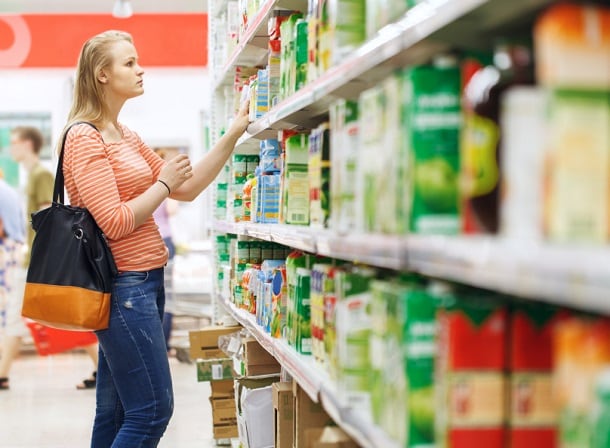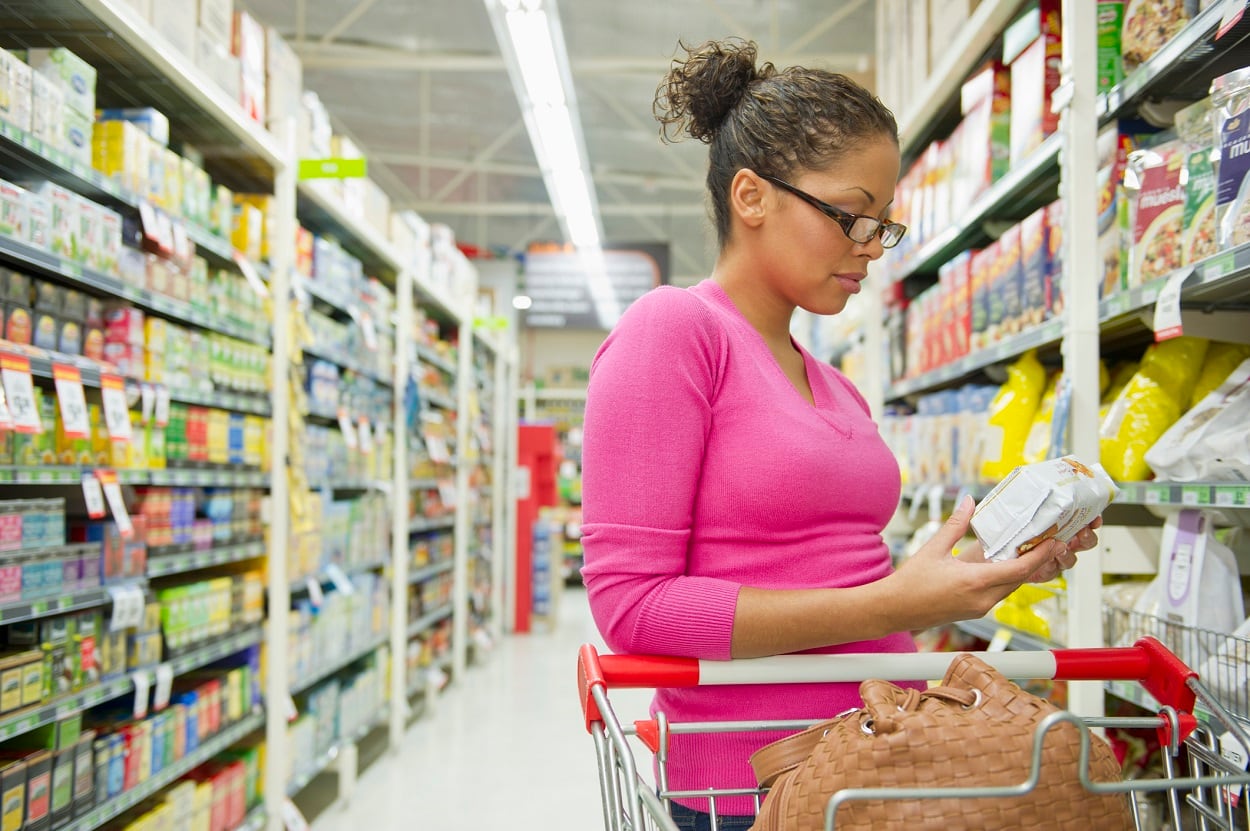According to the survey of more than 1,000 US consumers released today, two in five, or 43%, of respondents ‘always’ look for healthy options when they shop for food, and half (52%) ‘sometimes’ do.
The problem, however, “is there is a gap in wanting it and being able to find it,” Alex Lewin-Zwerdling, vice president of research and partnerships at IFIC told FoodNavigator-USA. She explained less than a third of respondents, 28%, said it was easy to find healthy options, and 11% said it was difficult.
The gap between consumers who want healthy options but can’t find them is particularly stark among the Hispanic population, according to the survey. It revealed that 54% of Hispanics said they always looked for healthy options, but only 19% of this group said it was easy. The difference is also sharp among parents, with 47% saying they always look for healthy products and only 24% reporting they can do so easily.
While these groups may represent the largest gaps in knowledge and desire, respondents across the board regardless of age, race, education level or if they had kids showed a markedly lower understanding of how to find healthy food compared to their desire for it.
Given this universal struggle, “how to close that gap is a great goal,” and the impetus for the research, Lewin-Zwerdling said.
The potential for a ‘healthy’ logo
One possible way to do it, which FDA is considering as part of its effort to update its definition of ‘healthy,’ could be to create an easily recognizable icon that stands for ‘healthy.’ But first, Lewin-Zwerdling notes, the agency and other public health advocates need to know how consumers find healthy options and to what extent they use information on product packages.
The primary way that consumers currently gather information about the healthfulness of food is from package labeling, which 59% of survey respondents said they highly agreed they always read. Specifically, 69% said they look at the Nutrition Facts panel and 67% look at the ingredient list.
Consumers also reported paying a lot of attention to health-related icons on packages. According to the survey, 48% said they frequently look at front-of-package icons, such as the American Heart Association’s Heart-Check mark, the Whole Grain stamp or the Facts Up Front label.
While many shoppers are using the information already available on packages, many indicated that they would use additional information if it was available to them.
For example, 54% said they would find a universal ‘healthy’ symbol or image very helpful and 45% said it would make them more likely to purchase a given product, especially among those who aren’t traditionally shopping for healthy foods, according to the research.
“This is interesting when we think about what is going to move the needle for consumers who are not currently shopping for healthy foods,” and we see that an icon could really trigger behavior differences, Lewin-Zwerdling said.
For additional support she pointed to how consumers already react to AHA’s Heart Check symbol. The survey found that when choosing between two products that were identical except one had the Heart Check symbol and one did not, almost a third said they were more willing to choose the product with the symbol and 44% said they were somewhat more likely to do.
This uptick in purchase intent represents a significant marketing opportunity for brands that would embrace a universal healthy icon if it was created or which already make health-related claims on their packaging.
What claims and logos are most effective?
Many products already make front-of-pack health claims and some even feature a litany of badges across the front that highlight different attributes. While this can be “cluttering,” Lewin-Zwerdling noted the survey shows it is more effective than communication through in-store signage or on company websites.
Specifically, the survey revealed that 45% of consumers look at front-of-package nutrition content icons compared to only 36% who look at signs in stores, 20% who view company websites and 17% who use a mobile phone app to gather more information.
The survey also revealed the consumers are more responsive to claims about what is in the product and its positive attributes, rather than what is not in the product – potentially signaling an early move away from the near ubiquitous free-from claim.



